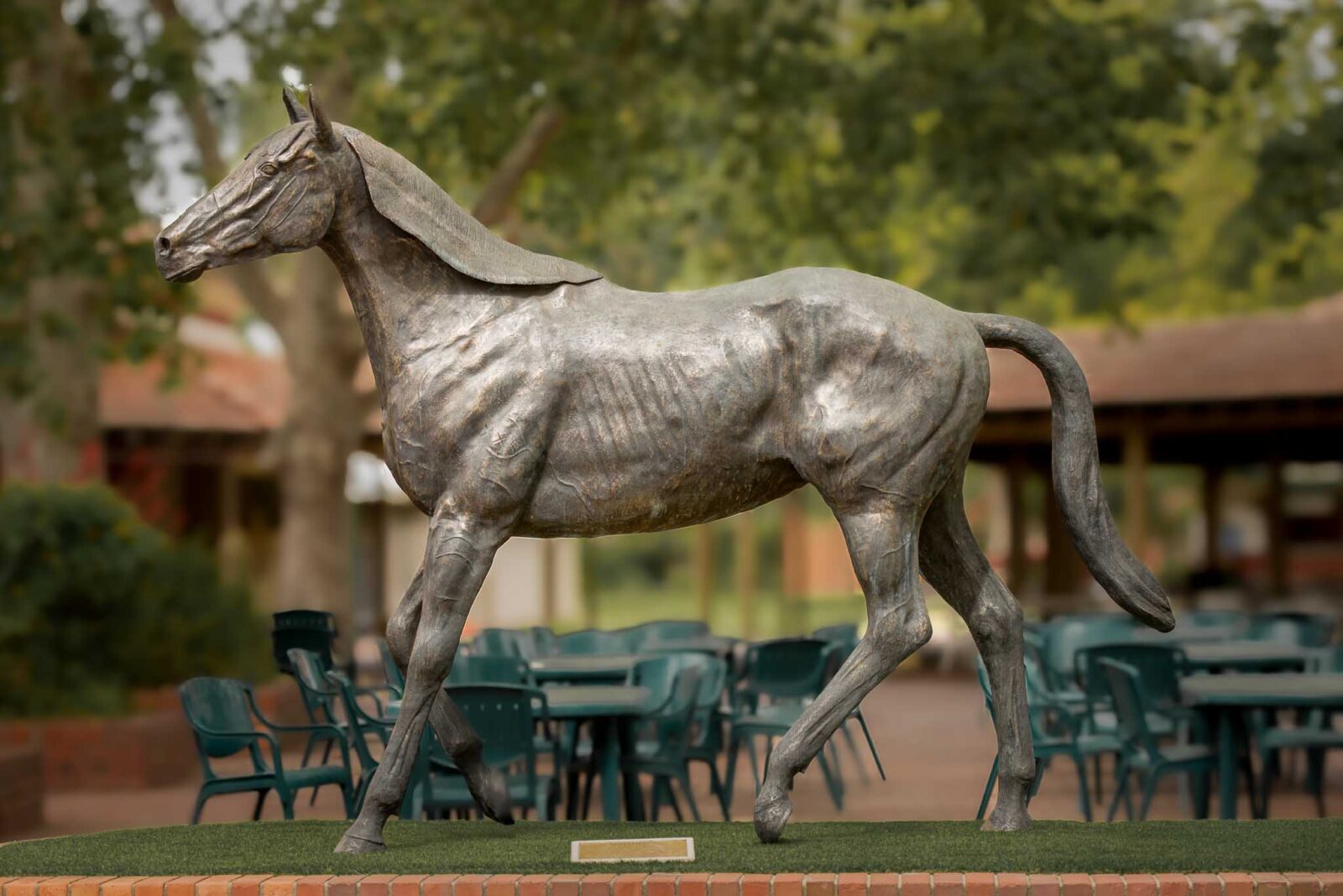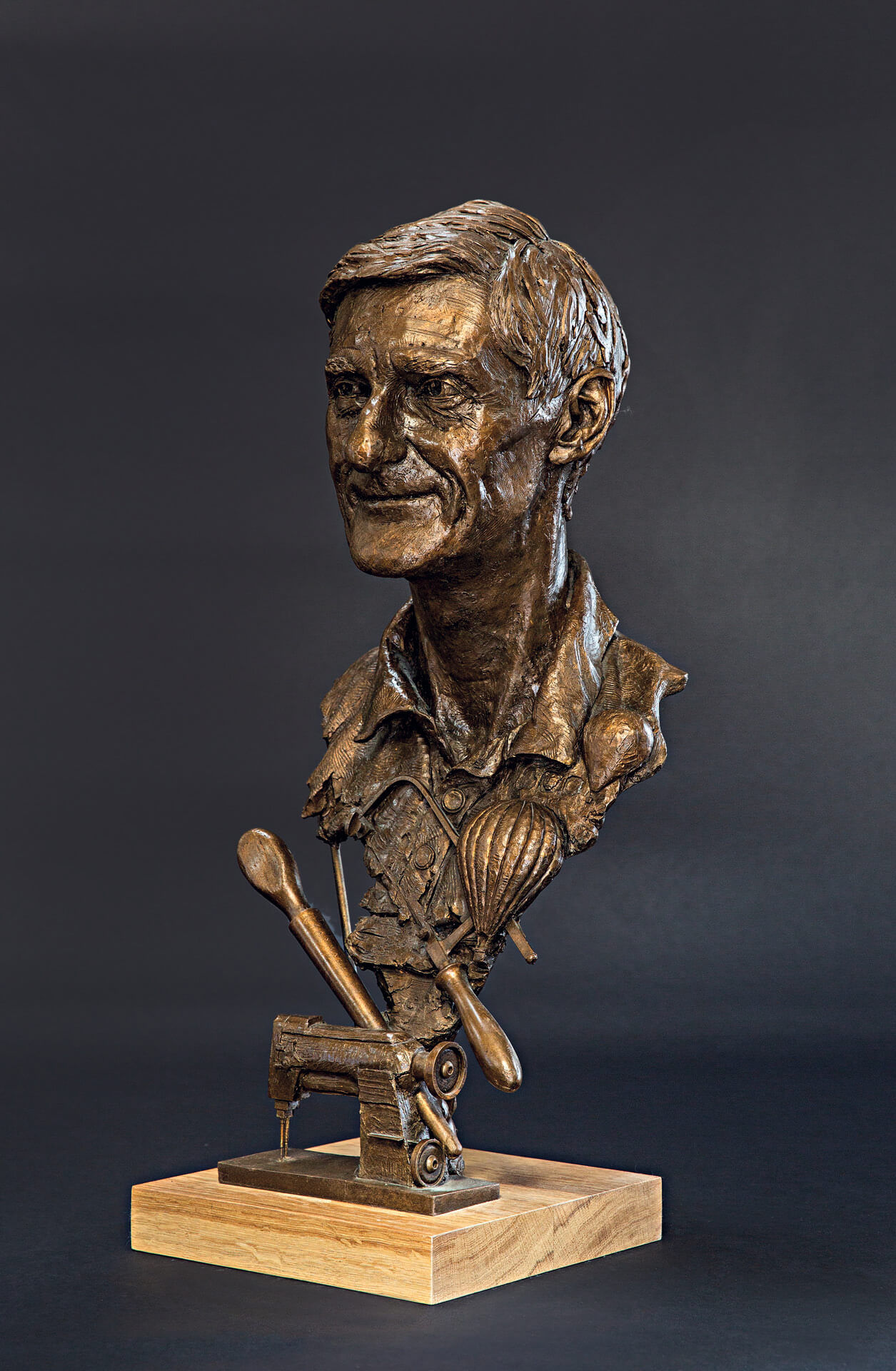Portrait Sculptor: Capturing Essence in Three Dimensions
Wiki Article
Sculptures as an Expression of Human Feelings
Sculptures have long been revered as an effective tool for expressing the depths and intricacies of human emotions. From the calm beauty of a smiling face to the raw strength of a bent number, sculptures offer a classic and distinct window into the globe of human feelings. In this expedition, we will certainly dive into the profound impact that sculptures have in expressing and evoking human emotions.The Power of Capturing Joy and Happiness
The intrinsic power of sculptures exists in their ability to catch and communicate the profound emotions of delight and joy through the knowledgeable adjustment of kind and material. Sculptures have been made use of throughout history as a way of revealing human feelings, and delight and happiness are amongst one of the most common feelings illustrated in these art types.One of the means sculptures capture joy and happiness is through the cautious selection and control of kind. Musicians use numerous methods to develop sculptures that evoke a feeling of happiness, such as illustrating numbers in uplifting and dynamic poses, or utilizing flowing lines and contours to develop a sense of activity and power.
Moreover, the skilled use faces and gestures in sculptures can effectively convey delight and happiness. Musicians meticulously shape the smiles, giggling, and expressions of pleasure on the faces of their topics, bringing them to life and recording the essence of these feelings. The positioning of the body and the motions depicted by the sculpture can likewise communicate a feeling of happiness and joy, whether it is a number with outstretched arms, dance, or accepting others.
Checking Out the Depths of Sadness and Sorrow
An expedition into the midsts of unhappiness and sadness can be accomplished through the evocative sculptures that record the significance of these profound feelings. These sculptures function as a graph of the human experience, enabling audiences to get in touch with their own sensations of sadness and sorrow on a deeper degree.Through the skilled adjustment of form, expression, and structure, artists can convey the complex emotions connected with unhappiness and sadness. Making use of elongated, hunched figures or bent, anguished expressions can evoke a feeling of anguish and sorrow. The choice of materials, such as chilly, harsh rock or dark, weather-beaten steel, can further improve the melancholic and sad mood of the sculptures.
In addition, the power of these sculptures exists in their capability to transcend language barriers - Contemporary Sculptures. Despite cultural or linguistic distinctions, the universal language of art enables individuals from diverse backgrounds to empathize and link with the emotions portrayed in these sculptures. Robert C Hitchcock Sculptor. It is via this common experience that a feeling of catharsis and understanding can be achieved
Introducing the Intricacy of Love and Need
Revealing the intricacies of affection and hoping, sculptures provide an extensive expedition into the intricacy of love and need. Through using different products and strategies, carvers have actually had the ability to record the significance of these powerful emotions and convey them in tangible types. Love, with its numerous measurements and subtleties, is a subject that has astounded musicians throughout history. From the tender welcome of a couple to the enthusiastic complication of bodies, sculptures have shown the diverse expressions of love and need.The sculpture not only records the physical link between the lovers however also evokes a deeper psychological bond. The elaborate details and the skilled workmanship highlight the complexity of their love and need.
Sculptures additionally discover the darker side of love and wish, introducing the intricacies that can emerge from these intense emotions. Equine Sculptures. Some sculptures show the torment and distress that can go along with unrequited love or the destructive power of compulsive wish. These artworks serve as a suggestion that love and wish can be both beautiful and difficult, bringing joy and pain in equal step
Sharing Anger and Stress Through Sculptures
With the portrayal of contorted kinds and stressful postures, sculptures share the intensity of anger and irritation. Musicians have long turned to the tool of sculpture to communicate these powerful emotions, utilizing numerous techniques to capture the raw power and turmoil connected with rage and disappointment.One common approach is to illustrate numbers in confrontational or hostile presents. The muscle stress and clenched fists of a sculpture can evoke a feeling of suppressed temper, while twisted arm or legs and contorted faces can share the irritation felt by the topic. These physical symptoms of feeling serve as a visual depiction of the internal turmoil experienced by individuals in moments of temper and aggravation.
In addition, artists usually utilize symbolism and metaphor to enhance the emotional impact of their sculptures. Sharp, broken kinds my site or jagged sides can represent the destructive nature of rage, while hefty, difficult frameworks can represent the weight of frustration. By including these elements into their work, musicians are able to connect the intensity and intricacy of these emotions in a visually striking and concrete fashion.

Revealing Hope and Resilience in Sculptural Form
Sculptures personifying hope and resilience are a testament to the indomitable spirit of the human experience. These artworks work as powerful signs of optimism and stamina despite misfortune. Via the experienced control of products, musicians are able to record the significance of hope and durability, creating sculptures that uplift and motivate.
One instance of a sculpture that symbolizes hope is "The Winged Success of Samothrace." This old Greek statue depicts a winged siren standing atop a ship's prow, her garments rippling in the wind. The sculpture shows a feeling of triumph and decision, symbolizing the power of hope to conquer challenges.

Sculptures that express hope and resilience function as reminders of the human capacity to grow and withstand in the face of hardship. They motivate us to stand firm, to locate toughness in ourselves, and to trust a brighter future. These art work talk to the universal human experience, providing relief and encouragement to those who experience them.
Conclusion
Finally, sculptures serve as a powerful medium for expressing a wide variety of human feelings (Equine Sculptures). With their creative form, they catch the significance of pleasure, unhappiness, anger, love, and hope. Equine Sculptures. By eliminating personal pronouns, the focus continues to be on the global nature of these emotions and the capability of sculptures to share them in a enduring and concrete way. This highlights the relevance of sculptures as a way of revealing and recognizing the intricacies of the human experience.Sculptures have long been prized as an effective medium for expressing the depths and intricacies of human feelings. From the peaceful charm of a grinning face to the raw intensity of a contorted figure, sculptures give a ageless and special window into the world of human emotions. In this exploration, we will delve right into the profound effect that sculptures have in sharing and stimulating human emotions.
In conclusion, sculptures offer as an effective medium for sharing a vast array of human emotions (Robert C Hitchcock Sculptor). By getting rid of individual pronouns, the emphasis continues to be on the global nature of these feelings and the capability of sculptures to communicate them in a long-lasting and substantial fashion
Report this wiki page